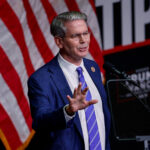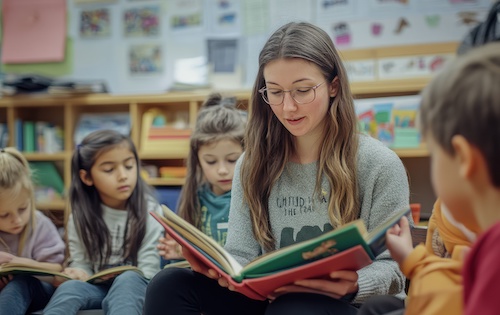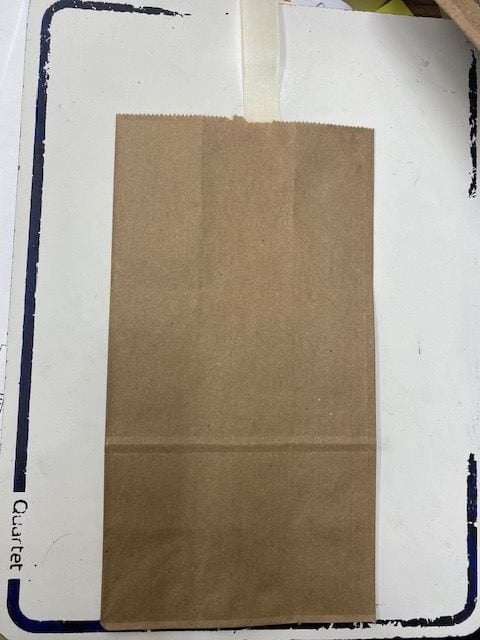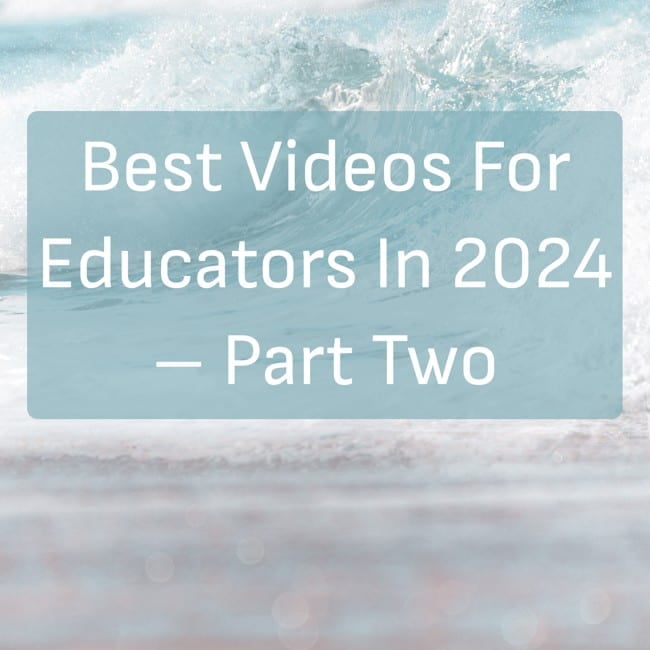
Come this January, we will have a president who considers himself a master dealmaker.
Dealmaker? It sounds absurd, given that President-elect Trump just ran the most divisive campaign in modern history and will likely govern as if he won in a landslide.
That’s certainly what the advocacy group Network for Public Education thinks. “The Danger Is Now Real,” they write, and expect “a new era of federal hostility toward public schools.”
NPE warns of deep cuts to federal programs that support low-income students and those with disabilities, more funding for charter schools, advocacy for religious education and a nationwide voucher program. The group also fears new curriculum mandates and a rollback of student protections.
A threat to public education, indeed, as NPE defines it. But that’s the problem.
The political left defines “public education” in only one way: district schools governed by local school boards, along with special purpose schools like magnet, vocational and agricultural tech schools run regionally or by state governments.
This blinkered view excludes 7,800 tax-funded and government-authorized charter schools that enroll 3.7 million children across 44 states and Washington, D.C.
It also excludes another 4.7 million children in private schools, many of whom receive tax-funded services for purposes important to the public.
By limiting its advocacy to only one type of school — subunits of state and local governments — the left is waging the same old public-private fight we’ve seen for decades, and it’s not working.
Related: Become a lifelong learner. Subscribe to our free weekly newsletter to receive our comprehensive reporting directly in your inbox.
Even before the pandemic, critics wrote about a “lost decade” of educational progress. Outcomes have only gotten worse.
It’s time for a new paradigm. In my book “Publicization: How Public and Private Interests Can Reinvent Education for the Common Good,” I argue that we need to reframe our thinking, based on what schools do, not what they’re called.
The idea is simple: Instead of focusing on types of schools, we should consider a school “public” when it (1) enrolls and educates any student who wants to go there, and (2) prepares them to be engaged citizens, productive workers, good neighbors and stewards of the planet.
In other words, public schools should not exclude (a classic indicator of a “private good”) through selective admissions or costly tuition and should advance the big four common interests (or “public goods”) on which we all depend: a functioning democracy, a flourishing economy, a tolerant society and a healthy, livable planet.
My book also includes a practical “exclusion test” to determine if schools are more private or more public. Designing backward from this pragmatic frame, we can develop policies that garner more public-serving practices in all schools, regardless of their legal status.
It’s worth taking a moment to remember: Many of today’s tax-funded “public” schools don’t meet this public goods standard.
Attendance zones that keep some families from their preferred district school are a classic exclusionary practice.
So is governance by locally elected officials or self-appointed charter school trustees, when it only gives lip service to parents and community members.
School funding is also exclusionary: Wealthy suburbs deliver a far more resource-rich education than nearby poor communities can afford.
Learning standards, when imposed by experts without meaningful input from teachers, parents and citizens, also fail my proposed exclusion test.
Families experience these injustices every day. So, let’s offer them a new way forward.
For example, schools are woefully underfunded in both red and blue states, judging by the condition of many facilities, the difficulty of recruiting and retaining excellent teachers, the adequacy of services to students with special needs and other criteria.
The left should play some offense and propose a transformative increase in federal funding for all schools — district, charter, charitable and proprietary — with a catch.
Dollars would need to be used to end exclusionary practices and to prepare future citizens, workers, neighbors and stewards of the planet.
Related: School choice may get its biggest moment yet
And then, see what deals can be struck. For example, could “hardening” schools against mass shootings also get us high-tech, 21st-century facilities? Would we trade vouchers to publicly purposed private schools for a national minimum teacher salary? Can we include patriotism in curricula that also respects everyone, equally? Might we eliminate caps on new charter schools if appointed charter authorizers were replaced with elected officials, thereby democratizing the charter sector?
If the left takes the lead on some grand political bargains, we can help all kids get a better education and, in the process, make all schools more public. Given that the average family is more moderate on educational issues than the politicians, I suspect Americans would celebrate a new way forward.
When Donald Trump takes office, Randi Weingarten, president of the American Federation of Teachers, will be working only a few blocks away. She’s one of the most creative negotiators I know, and he’s a self-proclaimed master dealmaker. I’d love to see what clever tradeoffs they might find.
One thing is certain: The right is going to pursue its agenda. The left’s political opportunity is to influence how it does so.
Such a “strange bedfellows” breakthrough happened once before. In 1965, President Johnson negotiated a compromise between advocates of district-run schools and Catholic school leaders to pass the landmark Elementary and Secondary Education Act (ESEA), which initiated federal funding for poor students. Reauthorization for the law’s current successor, the Every Student Succeeds Act (ESSA), is now five years overdue. In the spirit of past great American compromises, let’s see one happen again.
Lest we forget, it’s an educated citizenry that our democracy demands, and we need every school to do its part. So, let’s start dealmaking — I hear it’s an art form.
Jonathan Gyurko teaches education and politics at Teachers College, Columbia University, and serves as president and co-founder of the Association of College and University Educators (ACUE). (The Hechinger Report is an independent unit of Teachers College.)
Contact the opinion editor at opinion@hechingerreport.org.
This story about public education was produced by The Hechinger Report, a nonprofit, independent news organization focused on inequality and innovation in education. Sign up for our higher education newsletter. Listen to our higher education podcast.
The post OPINION: Some advice for the political left: Let’s redefine ‘public education’ to improve all schools appeared first on The Hechinger Report.
Come this January, we will have a president who considers himself a master dealmaker. Dealmaker? It sounds absurd, given that President-elect Trump just ran the most divisive campaign in modern history and will likely govern as if he won in a landslide. That’s certainly what the advocacy group Network for Public Education thinks. “The Danger
The post OPINION: Some advice for the political left: Let’s redefine ‘public education’ to improve all schools appeared first on The Hechinger Report. Elementary to High School, Higher Education, Opinion, Race and Equity, Solutions, Curriculum, Election 2024, Funding, Law and policy, Parents, Politics, School choice, teachers The Hechinger Report







